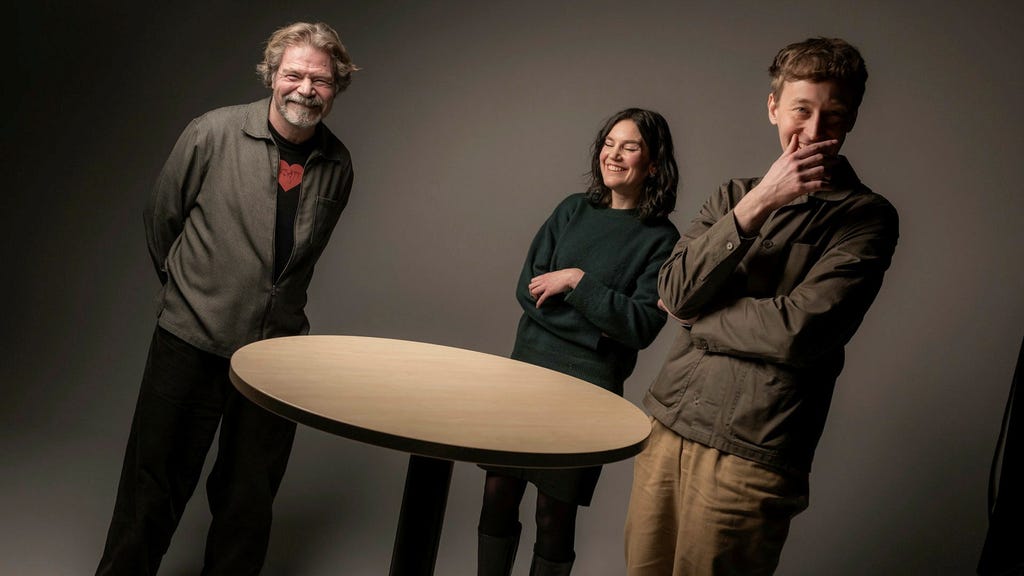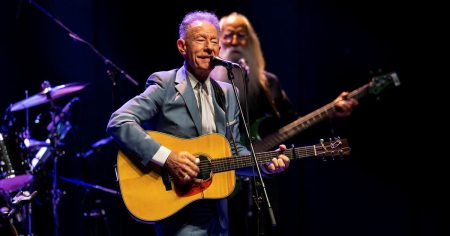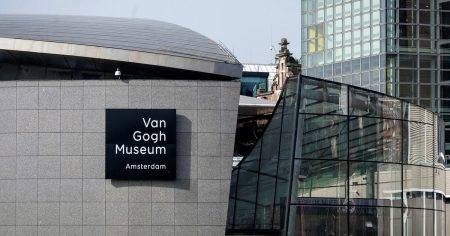The Swedish literary scene is grappling with anxieties about its relevance in a rapidly changing media landscape. While some see a crisis marked by declining book sales and the shrinking presence of literature in the public sphere, others argue that literature itself is thriving, even if the traditional book industry faces challenges. Kristoffer Leandoer, an author and critic, contends that the perceived crisis is primarily an economic one for publishers, not a reflection of literature’s intrinsic value or readership. He highlights the continued popularity of literary events and the enduring interest in reading, suggesting that literature’s status as a mass phenomenon might be in flux, but not its core essence. Victor Malm, a culture editor, acknowledges the shift, pointing to the diminished reach of literature compared to its historical prominence. He posits that the proliferation of media options and the rise of visual culture have contributed to this change. Mikaela Blomqvist, another critic, agrees with Leandoer, observing a vibrant interest in literary discussions and reviews. However, she also cautions against a desperate pursuit of readership through a narrow focus on a few select titles, a trend she believes ultimately harms literary diversity and longevity.
The discussion explores the media’s role in shaping literary discourse. Leandoer criticizes the tendency of newspapers to focus on a limited selection of books, thereby creating a self-fulfilling prophecy where these chosen few dominate public attention at the expense of a broader range of works. He argues that this curation undermines readers’ autonomy and limits exposure to diverse voices. The panelists also touch upon the influence of digital media and the prevalence of visual culture. Leandoer downplays the impact of these factors, while Blomqvist sees them as contributing to a more passive engagement with narratives, where pre-fabricated images from film and television replace the individual imaginative process fostered by reading. She expresses concern about a trend towards ”empty literature,” where authors rely on these pre-existing images rather than crafting detailed descriptions, resulting in a loss of depth and originality.
The debate delves into the complex relationship between literature, commerce, and societal shifts. Malm emphasizes that the commercial viability of literature, historically robust during the rise of the novel and intertwined with the growth of capitalism, is now under threat. He notes that the decline in book sales has made it increasingly difficult for quality authors to earn a living and reach a broad audience, suggesting a fundamental restructuring of the literary ecosystem. Blomqvist criticizes the literary establishment for celebrating popular, yet aesthetically underwhelming, books, blurring the lines between commercial success and artistic merit. This focus on popularity, she argues, further dilutes the literary landscape and hinders true aesthetic discourse.
The panelists ponder whether literature is inherently suited to mass consumption or if its true nature lies in a more personal, intimate engagement. Leandoer draws an analogy between Protestantism and Catholicism, framing literature as inherently protestant – a private communion between the reader and the text – as opposed to the ”Catholic” desire for a unified canon and shared experience. Malm acknowledges the changing landscape but stresses the importance of understanding the societal consequences of losing shared literary experiences. He suggests that the decline in broad readership may lead to a further marginalization of literature and a stagnation of creative expression. The conversation then pivots to the potential consequences of a shrinking literary space. Blomqvist calls for a renewed emphasis on aesthetic discussions,lamenting the current tendency toward unproductive monologues and ad hominem attacks that stifle meaningful critical engagement. She observes that disagreements often devolve into identity politics, obscuring genuine aesthetic concerns.
The conversation also touches on the broader societal factors contributing to the perceived crisis. Blomqvist raises the issue of dwindling leisure time for many individuals, suggesting that demanding work schedules leave little room for reading. Leandoer contends that the golden age of shared literary experiences wasn’t solely a result of exceptional writing but was facilitated by a robust social infrastructure that promoted education, critical thinking, and access to books. He emphasizes the importance of public libraries, educational institutions, and accessible book formats in fostering a vibrant literary culture. Malm expresses concern that the marginalization of literature will lead to a retreat into subcultural norms and a decline in the relevance and urgency of literary works. He advocates for a bolder approach to literary criticism and a reaffirmation of literature’s inherent value.
Finally, the panelists offer concrete proposals for bolstering literature’s position in society. Blomqvist advocates for linking media subsidies to the quality and support of cultural coverage, ensuring fair compensation for freelance writers. Leandoer underscores the crucial role of libraries, adult education centers, and accessible book formats. Malm proposes a content-based curriculum for Swedish language education, emphasizing direct engagement with classic texts rather than solely focusing on skill development. He believes that immersion in canonical literature will organically enhance language skills while fostering a deeper appreciation for literary traditions. The overall discussion reflects a complex and nuanced perspective on the state of literature, acknowledging the challenges while also expressing a persistent belief in its enduring power and potential for renewal.














